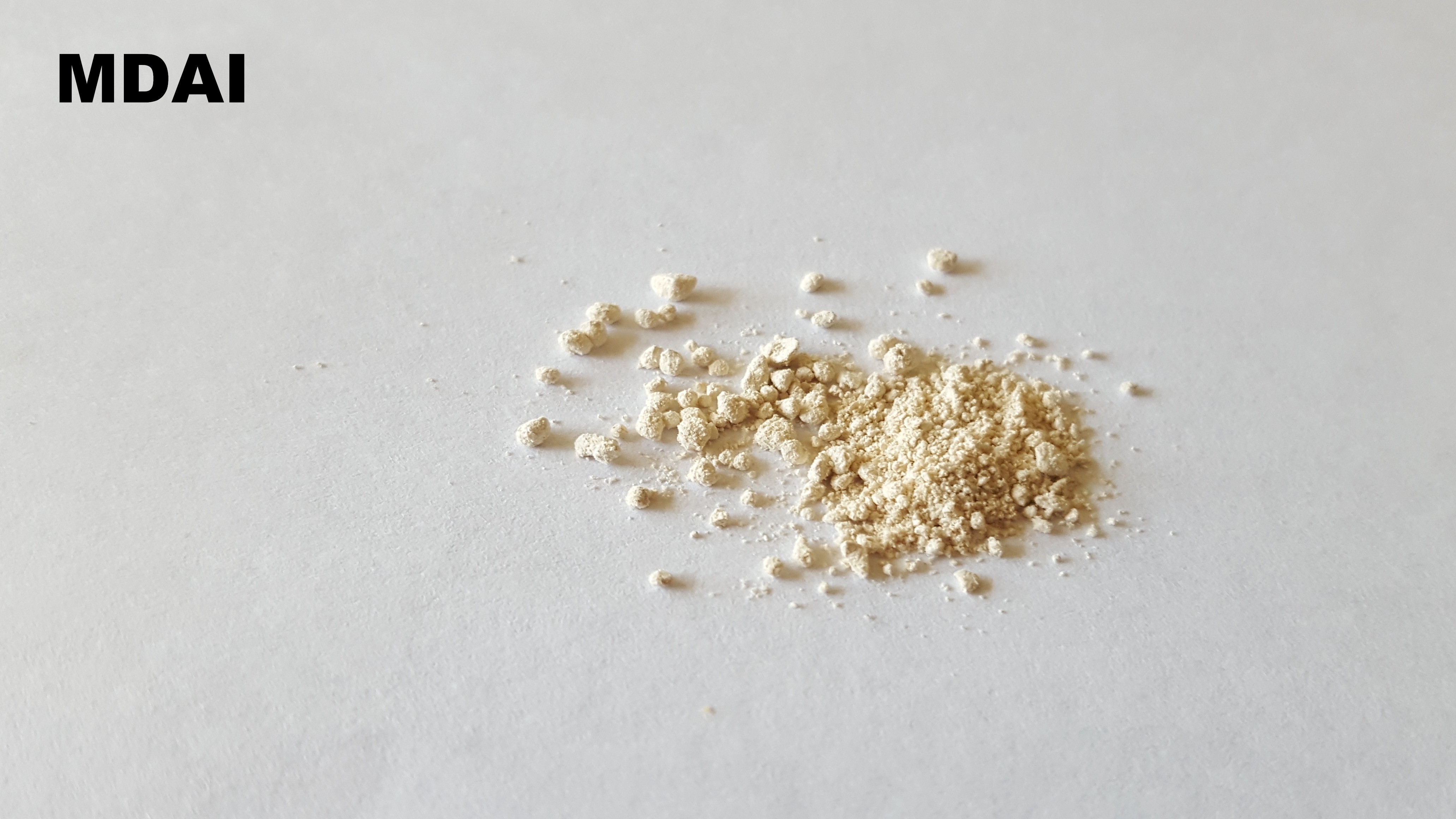|
C10H11NO2
{{Molecular formula index ...
The molecular formula C10H11NO2 (molar mass: 177.20 g/mol, exact mass: 177.0790 u) may refer to: * Acetoacetanilide * MDAI (5,6-methylenedioxy-2-aminoindane) * TDIQ TDIQ (also known as 6,7-methylenedioxy-1,2,3,4-tetrahydroisoquinoline or MDTHIQ) is a drug used in scientific research, which has anxiolytic and anorectic effects in animals. It has an unusual effects profile in animals, with the effects generali ... [...More Info...] [...Related Items...] OR: [Wikipedia] [Google] [Baidu] |
Acetoacetanilide
Acetoacetanilide is an organic compound with the formula CH3C(O)CH2C(O)NHC6H5. It is the acetoacetamide derivative of aniline. It is a white solid that is poorly soluble in water. It and many related compounds (prepared from various aniline derivatives) are used in the production of organic pigments called arylide yellows. Preparation and reactions Acetoacetanilide is prepared by acetoacetylation of aniline using diketene. To make the dyes, acetoacetanilides are coupled to diazonium salts, "azo coupling".K. Hunger. W. Herbst "Pigments, Organic" in ''Ullmann's Encyclopedia of Industrial Chemistry'', Wiley-VCH, Weinheim, 2012. {{doi, 10.1002/14356007.a20_371 See also * C10H11NO2, C10H11NO2 References [...More Info...] [...Related Items...] OR: [Wikipedia] [Google] [Baidu] |
MDAI
MDAI (5,6-methylenedioxy-2-aminoindane) is a drug developed in the 1990s by a team led by David E. Nichols at Purdue University. It acts as a non-neurotoxic and highly binding selectivity, selective serotonin releasing agent (SSRA) ''in vitro'' and produces entactogen effects in humans. Chemistry The chemical structure of MDAI is indirectly derived from that of the illicit drug 3,4-Methylenedioxyamphetamine, MDA, but the alpha-methyl group of the alkyl amino amphetamine side chain has been bound back to the benzene nucleus to form an indane ring system, which changes its pharmacological properties substantially. MDAI can be produced from 3-(3,4-methylenedioxyphenyl)propionic acid which is converted to the acid chloride and then heated to produce 5,6-Methylenedioxy-1-indanone. Treatment of the indanone with amyl nitrite in methanol with HCl afforded the hydroxyimino ketone. This is reduced to the 2-aminoindan following a modification of Nichols' earlier method from a paper dis ... [...More Info...] [...Related Items...] OR: [Wikipedia] [Google] [Baidu] |
Molecular Formula
In chemistry, a chemical formula is a way of presenting information about the chemical proportions of atoms that constitute a particular chemical compound or molecule, using chemical element symbols, numbers, and sometimes also other symbols, such as parentheses, dashes, brackets, commas and ''plus'' (+) and ''minus'' (−) signs. These are limited to a single typographic line of symbols, which may include subscripts and superscripts. A chemical formula is not a chemical name, and it contains no words. Although a chemical formula may imply certain simple chemical structures, it is not the same as a full chemical structural formula. Chemical formulae can fully specify the structure of only the simplest of molecules and chemical substances, and are generally more limited in power than chemical names and structural formulae. The simplest types of chemical formulae are called ''empirical formulae'', which use letters and numbers indicating the numerical ''proportions'' of atoms o ... [...More Info...] [...Related Items...] OR: [Wikipedia] [Google] [Baidu] |
